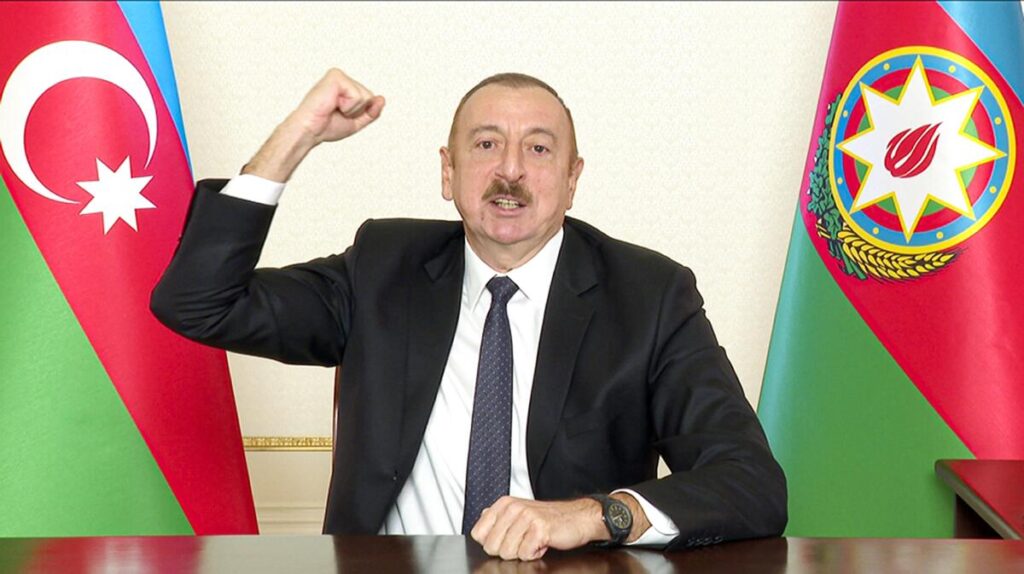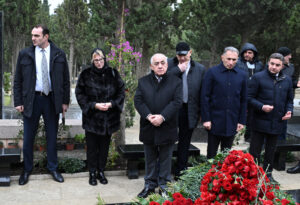Zangezur Corridor – A New Gateway to Peace, Prosperity and Integration in the South Caucasus

The South Caucasus region stands at a defining geopolitical juncture, where geography and energy converge to shape new pathways of cooperation and development. The post-2020 era, marked by Azerbaijan’s decisive victory in the Second Karabakh War and the subsequent November 10 cease-fire agreement, has introduced a strategic project of global significance — the Zangezur Corridor. Envisioned under Article 9 of the cease-fire, this transportation link seeks to connect mainland Azerbaijan with the Nakhchivan Autonomous Republic through Armenia’s Syunik region. With the active support of Türkiye and the inclusion of the United States under the “Trump Route for International Peace and Prosperity (TRIPP)” framework signed in August 2025, the corridor has evolved from a regional aspiration into a symbol of international cooperation and economic transformation.
The Zangezur Corridor, comprising a 43-kilometer road and railway link, embodies both economic logic and geopolitical strategy. It promises to integrate the South Caucasus more deeply into global supply chains while fostering reconciliation between Armenia and Azerbaijan. Initially managed under Russian border oversight, the U.S.-mediated peace framework of 2025 has broadened its strategic scope, aligning it with Western economic and infrastructural interests. This development signifies a shift from regional containment toward global engagement, reflecting renewed optimism for long-term peace in the Caucasus.
From Türkiye’s perspective, the project reaffirms the “one nation, two states” philosophy — a cornerstone of Ankara-Baku relations — while also reinforcing Türkiye’s ambition to become a major Eurasian logistics and energy hub. As a central component of the Middle Corridor and a complementary route to China’s Belt and Road Initiative (BRI), the Zangezur Corridor stands to transform transcontinental trade by offering a viable alternative to northern transport routes disrupted by geopolitical crises, notably the Russia-Ukraine conflict.
Economically, the corridor’s promise is underscored by projections from the World Bank, which anticipates freight volumes along the Middle Corridor to triple by 2030, reaching 11 million tons. Trade between Europe and Asia, particularly with Kazakhstan and China, is expected to experience substantial growth. Türkiye alone is projected to gain TL 147.6 billion ($3.57 billion) over three decades, with an annual cargo capacity of 15 million tons. These figures highlight the corridor’s potential to strengthen Türkiye’s eastern provinces, including Kars and Iğdır, while catalyzing the economic revitalization of Azerbaijan’s Nakhchivan Autonomous Republic, isolated since 1989.
Moreover, the corridor promises to reduce travel and transit times by half by 2030 through improved infrastructure, efficient border management, and integration with the Baku-Tbilisi-Kars (BTK) railway. Enhanced connectivity will unlock regional economic potential — from Kazakhstan’s chemical and metal exports to Georgia’s transit role — while supporting the establishment of logistics hubs, such as in Almaty, which are projected to handle significant freight volumes.
In the energy domain, the Zangezur Corridor holds profound implications for Europe’s energy diversification and security. Azerbaijan’s extensive oil and gas reserves, already transported through the TANAP and TAP pipelines, could gain new outlets via Nakhchivan. The corridor’s infrastructure supports the creation of additional pipelines and energy transit routes, reinforcing Türkiye’s growing status as an energy hub and offering Europe alternative supply routes independent of Russia.
Beyond its economic and infrastructural dimensions, the corridor carries a powerful message of peace through connectivity. For Armenia, long excluded from regional cooperation, participation in the project could end decades of economic isolation and open access to Central Asian and European markets. The TRIPP framework, mediated by the United States, places responsibility on Yerevan to embrace the opportunity for reconciliation and development.
The corridor’s long-term success, however, will depend on sustained political will, investment in digital and physical infrastructure, and regional trust-building. As peace initiatives expand and local economies in Azerbaijan’s liberated territories and Armenia’s Syunik region develop, the corridor may serve as both a physical and symbolic bridge — connecting not only territories but also communities historically divided by conflict.
Ultimately, the Zangezur Corridor transcends its role as a mere transportation route. It represents a vision for a connected, cooperative, and prosperous South Caucasus, positioning the region as a dynamic link between Europe and Asia. Through its integration with the Middle Corridor, it strengthens economic interdependence, enhances energy security, and fosters dialogue among nations. If fully realized, the corridor will stand as a testament to how strategic connectivity can transform historical divides into pathways of peace and shared prosperity.


